Easy guitar theory: non-diatonic chords
Inject some flair into your progressions with these off-key chord ideas
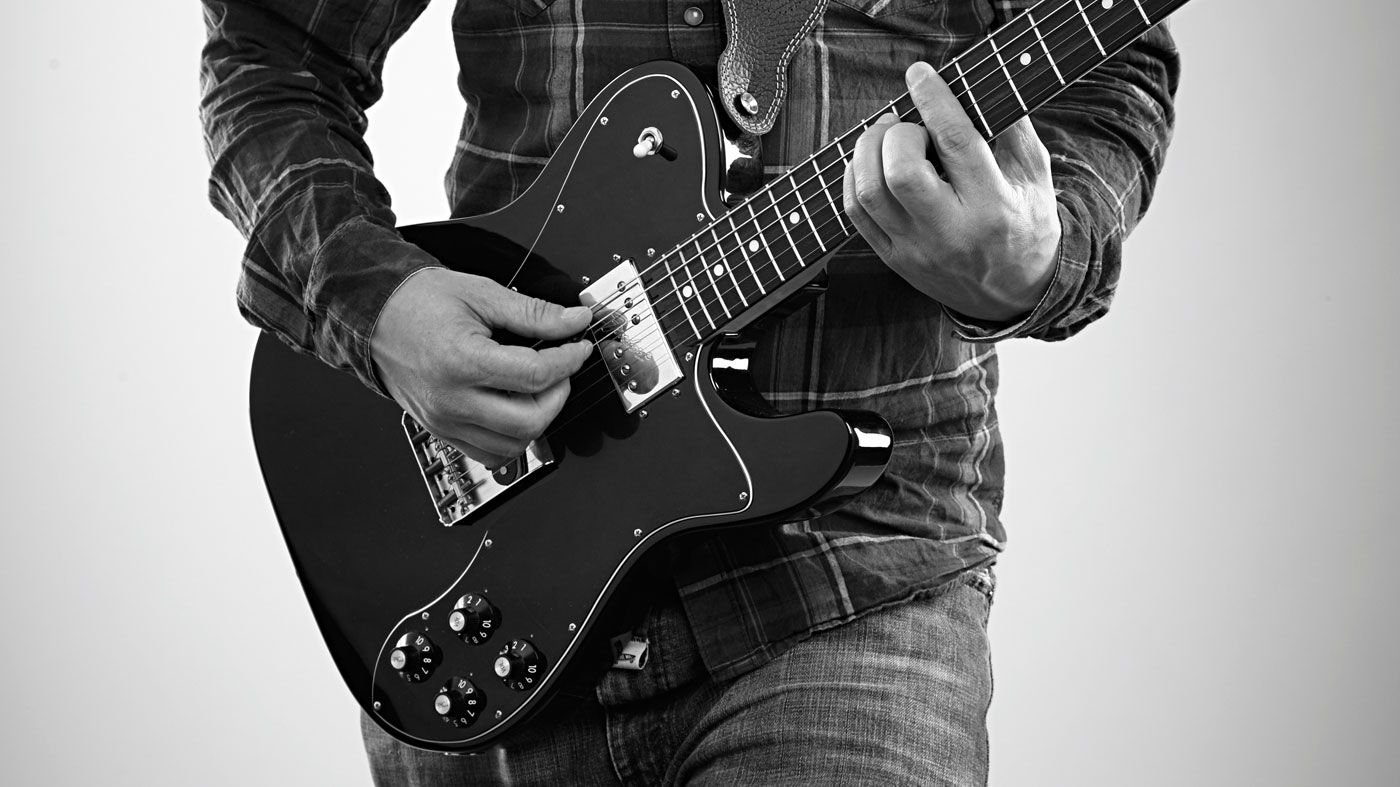
Give your chord progressions colour and flair by introducing a handful of ‘out of key’ notes.
We’ve previously looked at diatonic chords, ie, chords belonging to a scale or key. As their name suggests, non-diatonic chords contain at least one note from outside of the key, and they perform a range of musical functions.
They can provide moments of colour - especially useful when using the major scale, which, after all, is used heavily in cheesy nursery rhyme melodies, so it needs a bit of flair.
They can also be used in sophisticated progressions that hint at other keys within a single piece and to make chord changes sound more striking than they might when using only diatonic chords.
Diatonic ‘in key’ chords
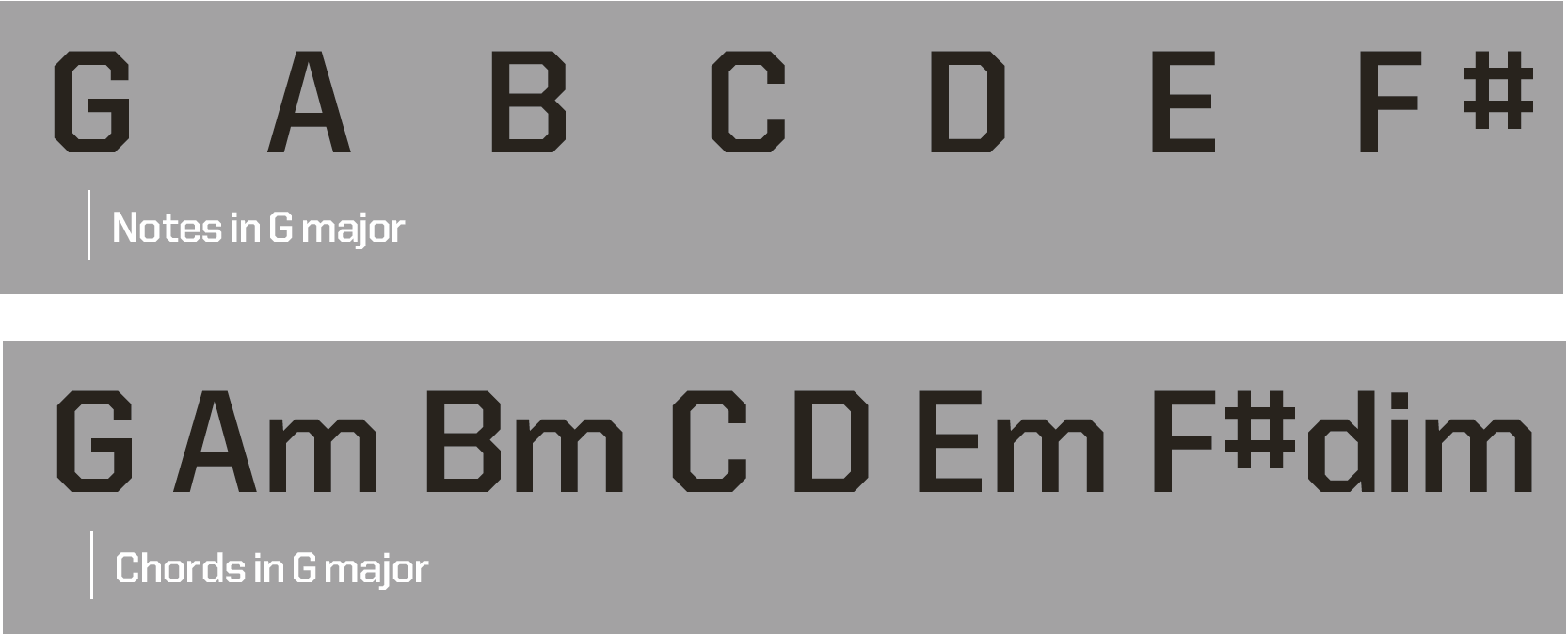
Before you get into non-diatonic chords, it’s worth taking a look at chords that do use notes from a key signature. Whatever the starting note, chords in a major scale follow this pattern: major, minor, minor, major, major, minor, diminished.
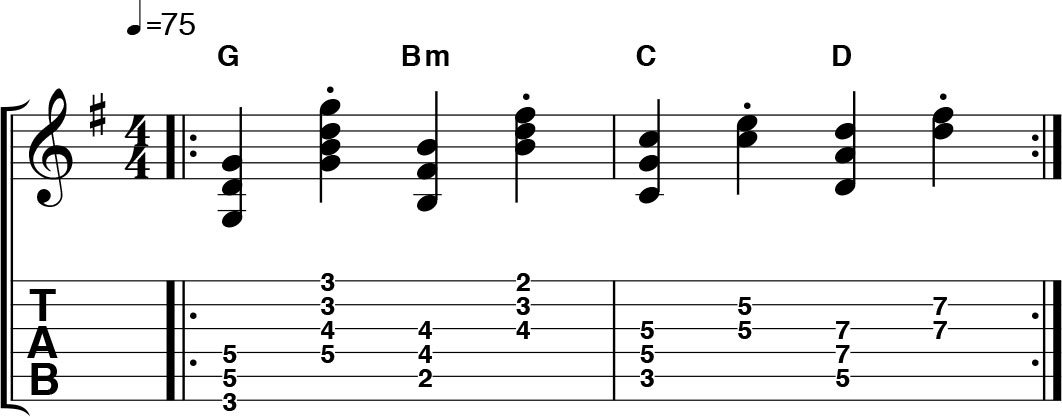
This simple progression uses four chords from the key of G major. As we’re only using notes from the scale, the chords sound safe and as if they naturally belong together.
Passing chords
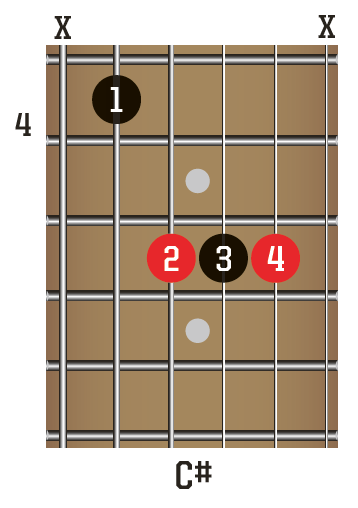
Non-diatonic chords are often used as passing chords. In its most basic form this may simply be a chord that is one fret above or below a diatonic chord. This gives a temporary ‘wrong’ sound with an unexpected twist that’s quickly resolved when the next diatonic chord is heard.
Get the MusicRadar Newsletter
Want all the hottest music and gear news, reviews, deals, features and more, direct to your inbox? Sign up here.
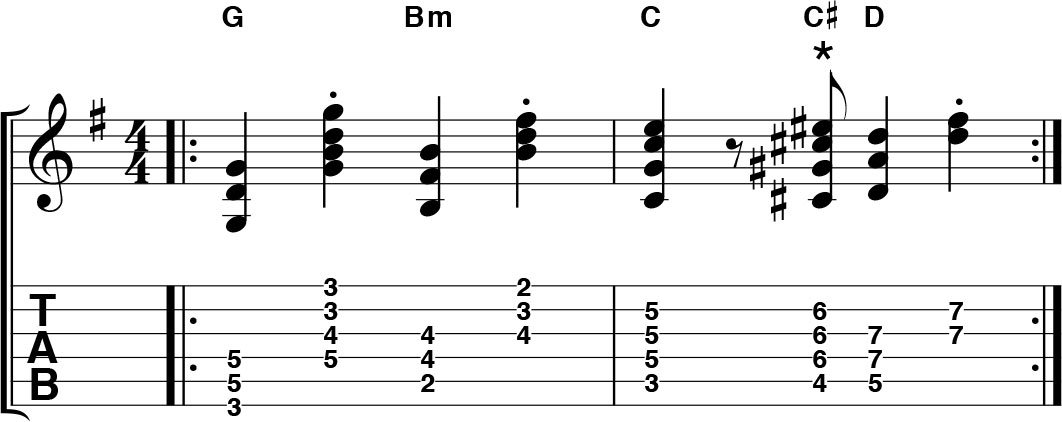
We’ve added a non-diatonic C# chord to the previous example to connect the C and D chords. Switch between the audio tracks to hear how the C# changes the character of the music.
Other non-diatonic chord changes

Our final example shows some other ways to use non-diatonic chords. First, the C chord is followed by Cm (which contains a non-diatonic Eb note) for a Beatles-y vibe. Next we’ve used E (instead of the diatonic Em) to ‘pull’ more strongly towards the Am chord. The Ab7 is a jazzy substitution for a D7 chord (D7 would be diatonic: D F# A C).
Total Guitar is Europe's best-selling guitar magazine.
Every month we feature interviews with the biggest names and hottest new acts in guitar land, plus Guest Lessons from the stars.
Finally, our Rocked & Rated section is the place to go for reviews, round-ups and help setting up your guitars and gear.
Subscribe: http://bit.ly/totalguitar










